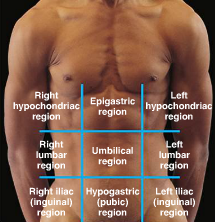Body Cavities & Membranes (unit 1)
1/21
There's no tags or description
Looks like no tags are added yet.
Name | Mastery | Learn | Test | Matching | Spaced |
|---|
No study sessions yet.
22 Terms
serous membrane
produce a thin watery liquid (serous fluid) that lubricates organs (decrease friction)
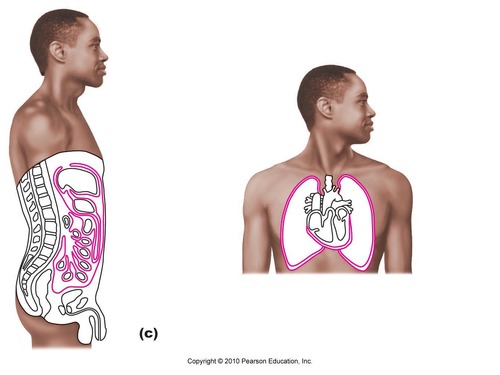
parietal layer
outer layer of the serous membrane that is attached to the body wall
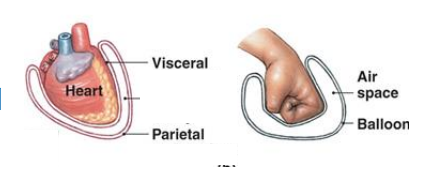
visceral layer
inner layer of the serous membrane that is attached to the specific organs
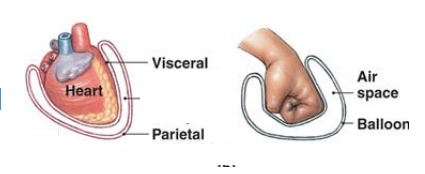
posterior/dorsal body cavity
largely on the posterior side of the body and is divided into 2 smaller cavities (cranial and vertebral)

cranial cavity
area encased by the skull (contains cerebrospinal fluid and brain)
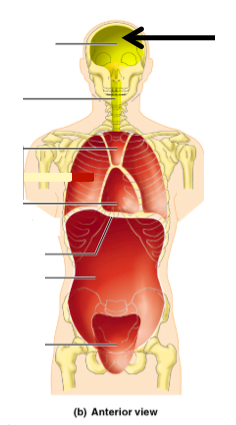
vertebral cavity
area encased by the vertebrae (contains cerebrospinal fluid and vertebrae)
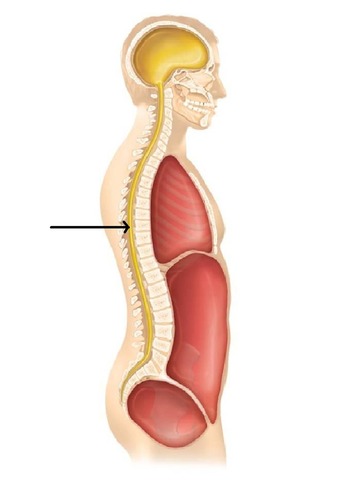
anterior/ventral body cavity
largely on the anterior side of the body and has 2 main divisions (thoracic and abdominopelvic)
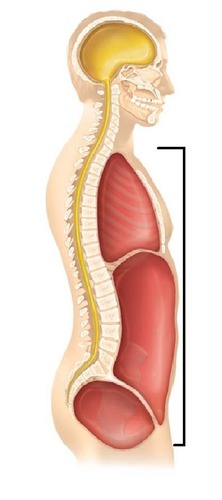
thoracic cavity
located superior to the diaphragm and includes the area encased by the ribs (contains pleural cavities and mediastinum)

pleural cavities
each pleural cavity surrounds one of the lungs and is located between the parietal pleurae (attached to body wall/diaphragm) and the visceral pleurae (attached to lungs)
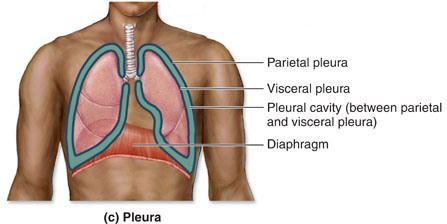
medistinum
the cavity between the 2 pleural cavities and it contains the pericardial membrane, great vessels, esophagus, trachea, and bronchi
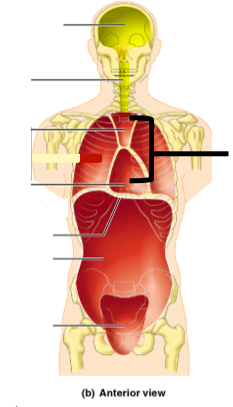
pericardial cavity
Within the mediastinum and is located between the 2 layers of the pericardial membrane, the parietal pericardium (attached to surrounding structures) and the visceral pericardium (attached to the heart muscle)
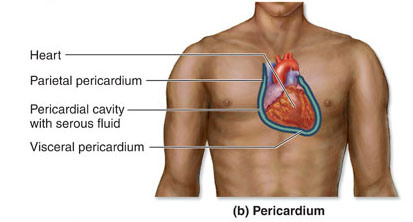
abdominopelvic cavity
located inferior to the diaphragm and extends to the bony pelvis and contains 3 subcavities (abdominal, pelvic, and the peritoneal cavity)
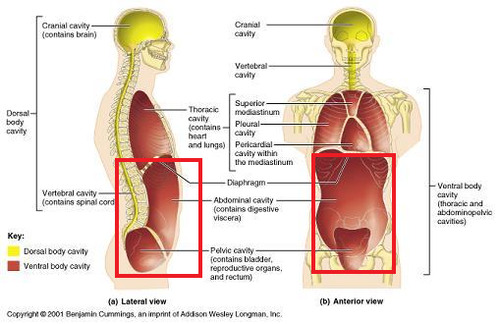
abdominal cavity
the area superior to the bony pelvis contains the liver, gallbladder, small intestine, stomach, pancreas, kidneys, adrenal glands, spleen, and majority of the colon
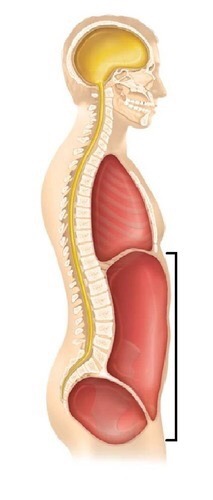
pelvic cavity
the cavity housed within the bony pelvis contains the sec organs, bladder, rectum, and part of the colon
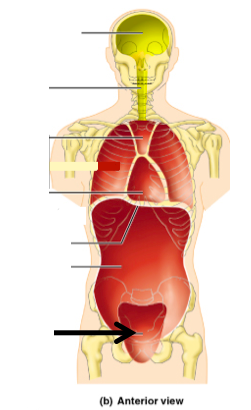
peritoneal cavity
located between the 2 layers of the peritoneal membrane the parietal peritoneal (attached to body) and the visceral peritoneum attached to many abdominal and pelvic organs)
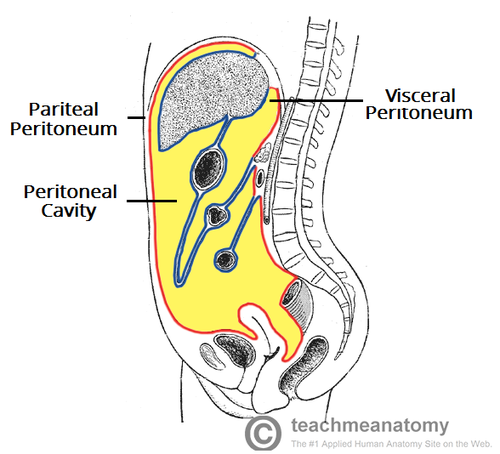
intraperitoneal
organs that are within the peritoneal cavity which includes the liver, most of the small intestine and colon, stomach, the spleen, and part of the pancreas
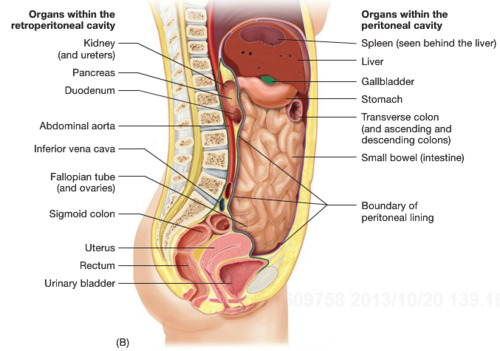
retroperitoneal
the organs that are posterior to the peritoneal cavity which includes the kidneys, adrenal glands, sex organs, bladder, part of the colon and pancreas
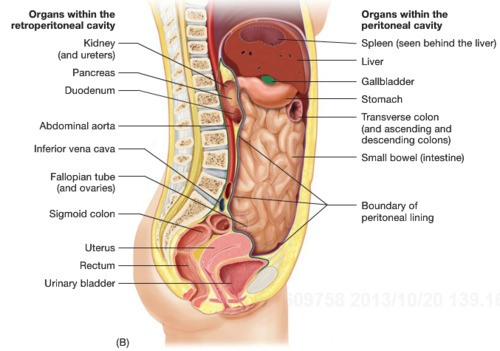
right upper quadrant
^^liver, pancreas, gallbladder, duodenum, transverse colon^^, right adrenal gland, and the right kidney
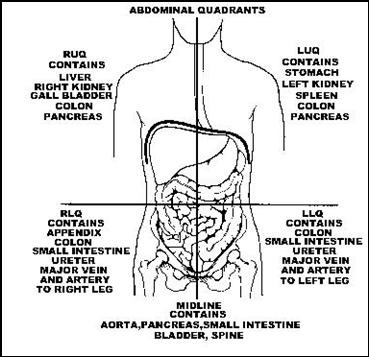
right lower quadrant
^^small intestine, ascending colon, appendix, urinary bladder^^, part of the right kidney, right ureter, right ovary & uterine tube, and right spermatic cord
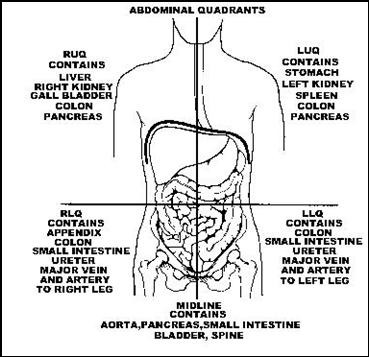
left upper quadrant
^^liver, stomach, spleen, pancreas, transverse colon^^, left adrenal gland, and left kidney
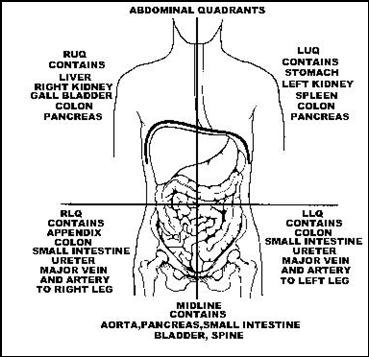
left lower quadrant
^^small intestine, descending colon, urinary bladder^^, part of the left kidney, left ureter, left ovary & uterine tube, left spermatic cord, and the sigmoid colon
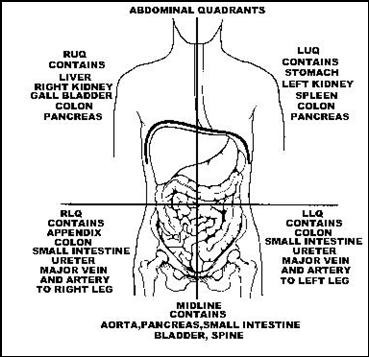
abdominopelvic regions
